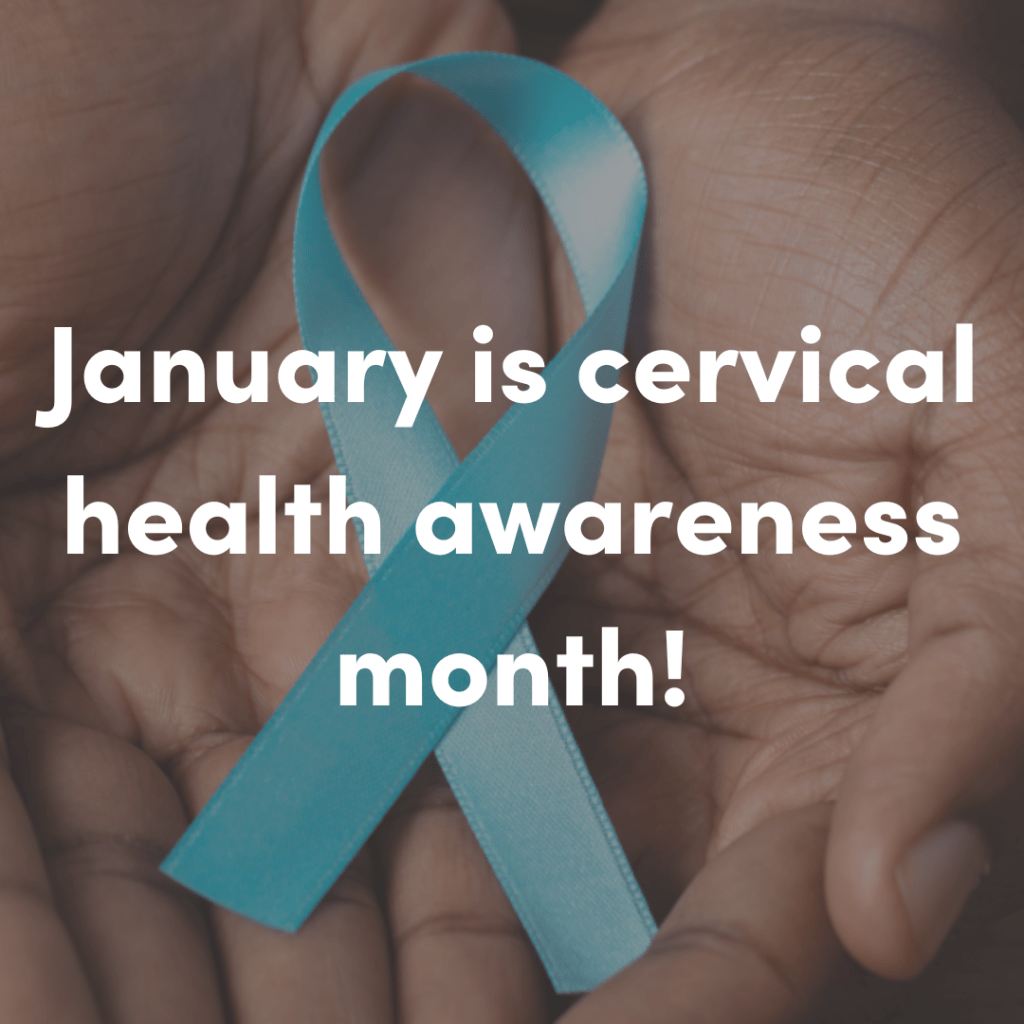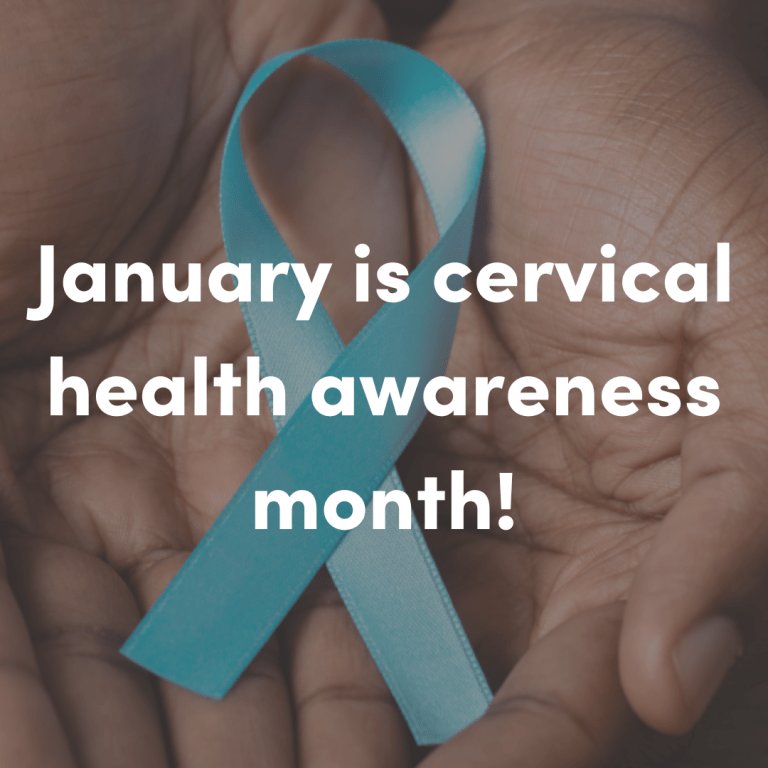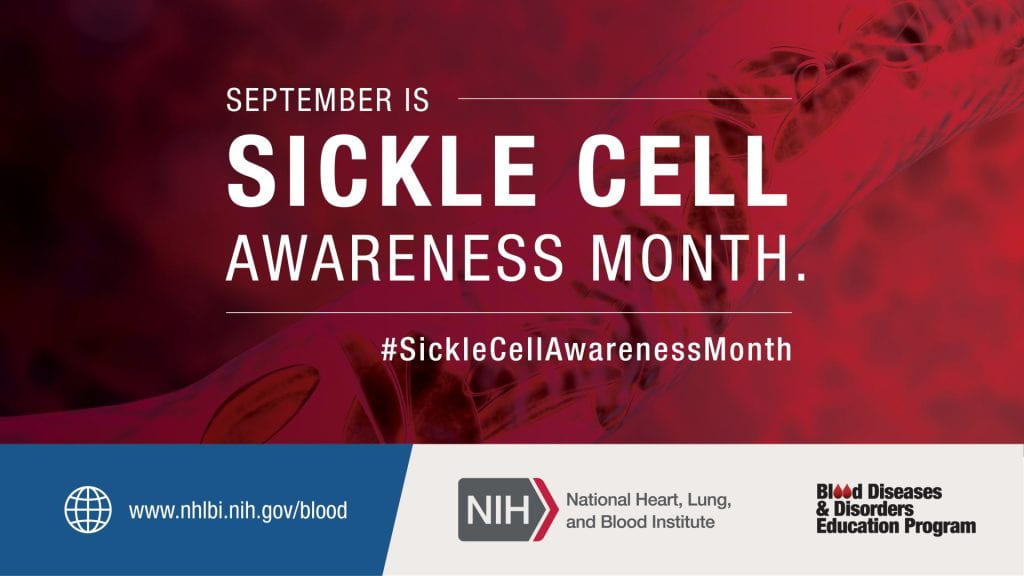
For many years, cervical cancer was one of the leading cancer deaths for women in the United States. Thankfully, with the introduction of the Human Papillomavirus (HPV) vaccine and regular cervical screening tests, instances of cervical cancer and cervical cancer deaths have dropped significantly around the world. Australia and Rwanda are on the path to eliminating cervical cancer instances among their population, while public health officials in other countries have created community partnerships to expand access to testing and treatment. A recent collaborative study from Public Health Scotland, the University of Strathclyde and the University of Edinburgh found that “the HPV vaccine was “highly effective” in preventing the development of cervical cancer” which supports the notion that testing and vaccination will lead to an end of cervical cancer. (Loudon, 2024)
Despite this recent positive news, barriers to testing and treatment continue to contribute to health inequities. Women in low- and middle-income countries do not have the same access to care as women in wealthier countries. “Low- and middle-income countries carry more than 80 percent of the burden of cervical cancer cases in the world…Those cervical cancers get diagnosed so late, and mortality is very high. More than half of people diagnosed die from cervical cancer worldwide.” (O’Donnell, 2022)
In the United States, Hispanic and Black women receive a cervical cancer diagnosis at higher rates than white women and die from cervical cancer at higher rates than white women. When looking at these statistics, researchers theorize that inadequate access to care is not the only reason for cervical cancer impacting Hispanic and Black women at such high rates. Dr. Jennifer Young Pierce, a gynecologic oncologist in Alabama, “suspects discrepancies in follow-up care for Black women–and systemic bias–are contributing to this higher mortality rate.” (Slivinski, 2022) A study published in Gynecologic Oncology “found that even though Black women were more likely to get Pap tests, only 78% of Black women reported receiving a follow-up recommendation, compared to 87% of white women in the study.” (Slivinski, 2022) Researchers are seeking to understand what factors are contributing to disparities in care for Black and Hispanic women.
In 2020, the World Health Organization [WHO] launched its global strategy to eliminate cervical cancer. The three pillars of this strategy include the 90-70-90 targets:
- “90% of girls fully vaccinated with HPV vaccine by age 15 years
- 70% of women are screened with a high-performance test by 35 years of age and again by 45 years of age
- 90% of women identified with cervical disease receive treatment (90% of women with precancer treated, and 90% of women with invasive cancer managed).” (World Health Organization, 2020)
WHO urges countries to reach the 90-70-90 targets by 2030. There is a concerted effort to educate people about cervical health, HPV, the HPV vaccine and cervical cancer. Yet many women impacted by cervical cancer expressed not knowing about or understanding the illness until their cancer progressed to a late stage. Tamika Felder was diagnosed with stage II cervical cancer at the age of 25. “She was seeing a small amount of vaginal bleeding after sex…but she didn’t think anything of it. She was young, healthy and busy, and undergoing Pap tests was low on her priority list.” (Slivinski, 2022) Milicent Kagonga Amtana had to visit multiple medical facilities in her home country of Kenya before she was able to receive a comprehensive treatment plan. She now works within her community “to break down the stigma and shame around cervical cancer. Despite her own pain and health challenges, she works hard to encourage women to be screened for HPV and to have their daughters vaccinated.” (O’Donnell, 2022)
Addressing questions and misconceptions about cervical health and cervical cancer is necessary to break down stigma and encourage people to prioritize regular screenings. The National Cervical Cancer Coalition has resources to help you speak with your patients about the importance of regular screening exams and the HPV vaccine. WHO’s cervical cancer webpage provides updated news on the road to eliminating cervical cancer across the world, fact sheets, databases and other information that is informative for healthcare professionals and patients. Building trust with patients and the local community will be important to eliminating cervical cancer. “Ultimately, many experts agree that efforts to eliminate cervical cancer can make an impact if they are done right…The key, says [Ana P.] Ortiz, is for health care professionals and researchers to work together to identify the gaps.” (Slivinski, 2022)
References:
- Cancer Today Staff. (2023, January 26). Cervical Cancer: A Cautionary Tale of Optimism and Challenges. Cancer Research Catalyst. https://www.aacr.org/blog/2023/01/26/cervical-cancer-a-cautionary-tale-of-optimism-and-challenges/
- Loudon, C. (2024, January 22). HPV vaccine stops women in Scotland from getting cervical cancer, study finds. STV News. https://www.aacr.org/blog/2023/01/26/cervical-cancer-a-cautionary-tale-of-optimism-and-challenges/
- O’Donnell, E. (2022, December 20). Cervical Cancer: A Global Challenge. Cancer today magazine. https://www.cancertodaymag.org/winter-2022-2023/cervical-cancer-a-global-challenge/
- Slivinski, N. (2022, June 22). Disparities in Cervical Cancer. Cancer today magazine. https://www.cancertodaymag.org/summer-2022/disparities-in-cervical-cancer/
- World Health Organization. (2020). Global strategy to accelerate the elimination of cervical cancer as a public health problem. https://www.who.int/publications/i/item/9789240014107




